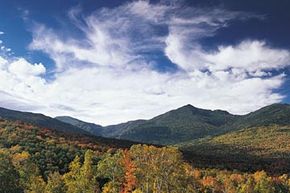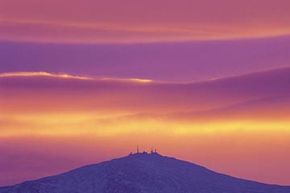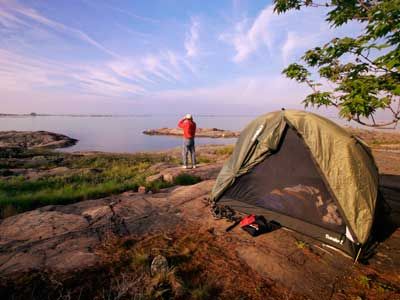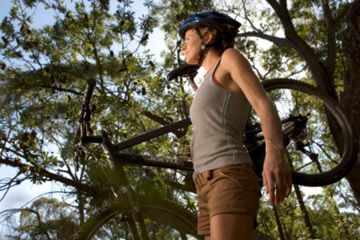Sure, Papa Hem' may have been referring to the green hills of Africa (made famous in his book of the same name), but he could have easily been talking about an emerald mountain range right here in the U.S. Perched among New Hampshire's Green Hills, Black Cap Mountain, which draws its name from its granite-swept peak, is a popular destination for hikers, bikers and nature enthusiasts of every stripe, offering majestic vistas, a wide variety of animal and plant life and accessible trails [source: Federal Writers Project].
Located within the 4,200-acre (1770-hectare) Green Hill Preserve, Black Cap lies just east of North Conway Village near the New Hampshire-Maine border. The 2,369-foot (730-meter) jaunt to the summit is considered a relatively easy hike and the mountain is accessible to both adventurers on two feet and those on two non-motorized wheels [source: The Nature Conservancy].
Advertisement
Black Cap's well-traveled, short trails meander through beech forest and red oak tree canopy as well as red and white pine. They also offer a glimpse of at least four rare and endangered plants, not to mention the various wildlife that roam the Green Hills. Carved out of pre-historic rock, Black Cap provides visitors many stunning examples of the igneous rock (solidified from molten material either at or beneath the ground surface) for which the Granite State earned its handle [sources: New Hampshire Division of Forests and Lands, Harwood].
Once atop the peak, hikers can soak in views of New Hampshire's neighboring White Mountains as well as western Maine.
To paraphrase Hemingway, the "general run" of the place ain't half bad. Before you strap on your boots and head for the hills, read on for a guide to hiking Black Cap Mountain.
Advertisement




